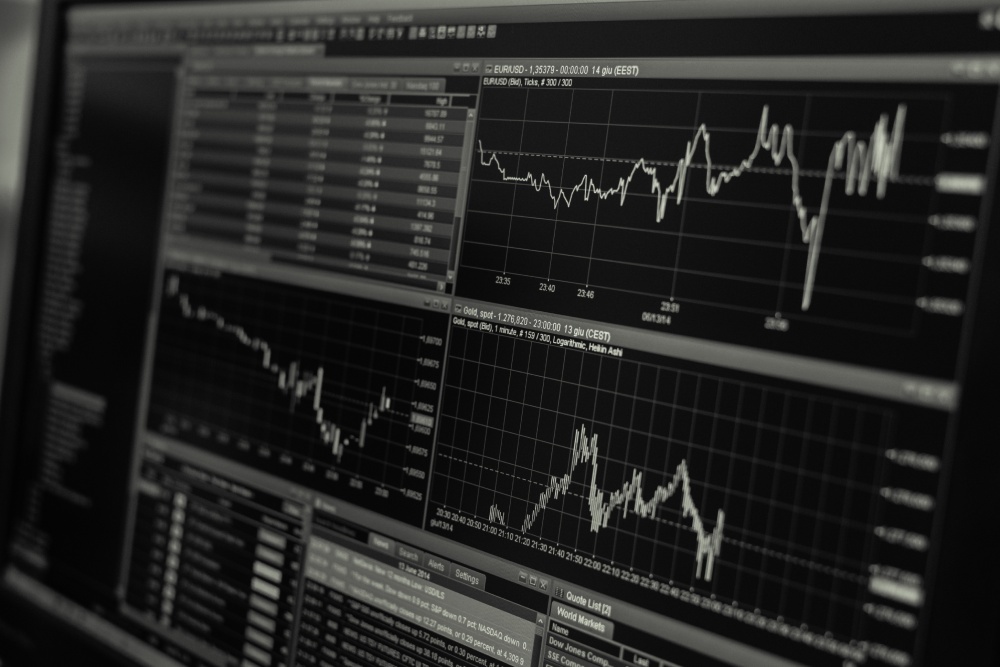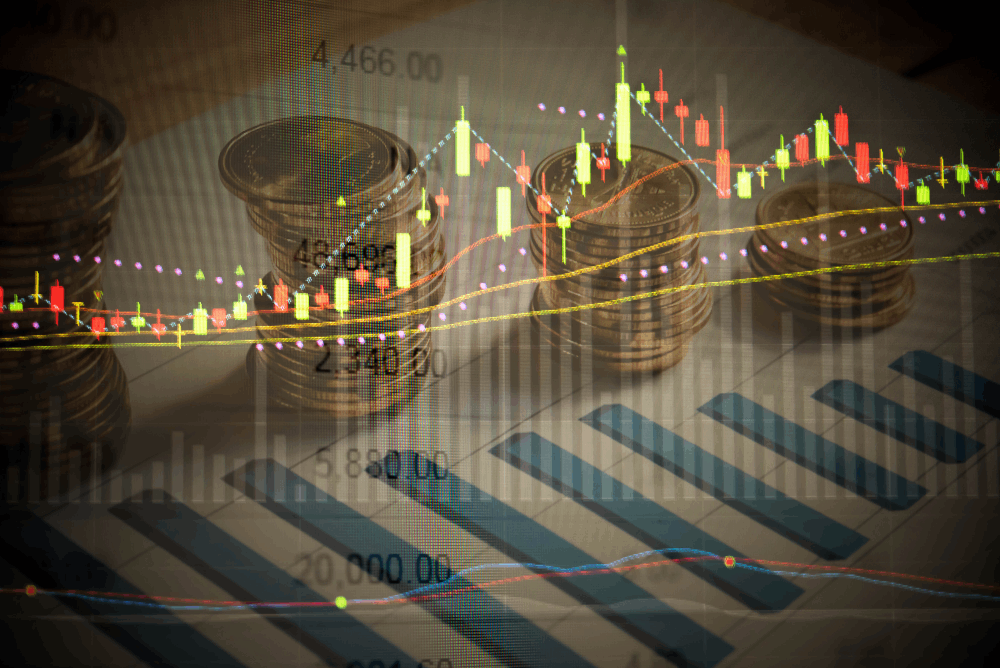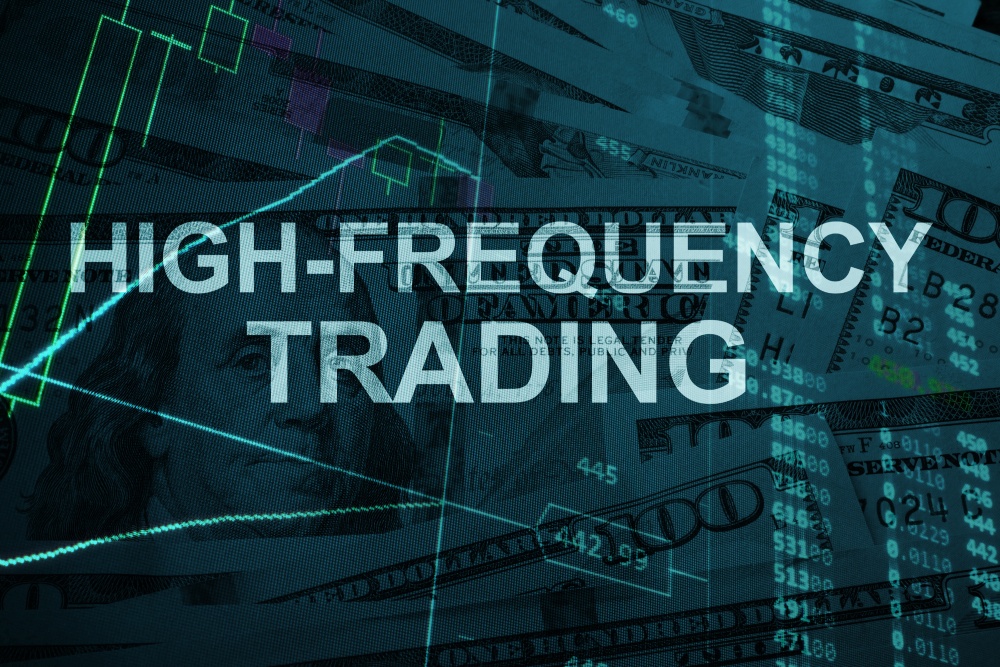What is forex trading and how does it work?

Forex trading or as some may call it “FX” involves trading currency pairs. This involves selling a currency pair while buying another. Fx also stands for foreign exchange as it allows the exchange of 2 currency pairs for an agreed price such as EUR/USD, involving the buying of Euro and the selling of the US dollar.
Currency Pairs
A currency pair is made up of a base currency and a quote currency. The price of a pair is made up of how much one unit of the base currency is worth in the quote currency. The base currency is the currency you buy of the pair while the quote currency is the one you sell of the pair.
Currency pairs are categorized into major, minor, exotic, and regional pairs. With major currency pairs being the most traded, taking up almost 80% of the forex market.
Major pairs include GBP/USD, EUR/USD, USD/JPY, USD/CHF. There are also 4 major currency pairs known as commodity currency pairs and these include USD/CAD, AUD/USD, and NZD/USD.
Minor pairs include EUR/GBP, GBP/JPY, EUR/CHF.
Exotic pairs include a major currency vs a smaller economy such as USD/TRY, GBP/MXN, USD/MXN, EUR/CZK.
Regional pairs include AUD/NZD, AUD/SGD.
In an example of trading one of the most common currency pairs like EUR/USD. the Euro is the base currency while USD is the quote currency. And as of this current moment, the EUR/USD stands at 1.2000 so in order to buy 1 Euro you need $1.20 (one dollar and 20 cents).
Spread
The cost of trading a currency is called a spread, which is the difference in the price of the forex pair. Its cost depends on the brokerage spread and lot sizes. The price of a spread ranges between high and low, due to volatility or liquidity in the markets. Usually, emerging market currencies have a greater spread than major pairs.
A high spread means that there is a large difference between the bid and the ask price while a low spread means there is a small difference. Traders definitely prefer lower spreads.
Lot
Currencies are traded in lots which is the number of currency units bought or sold. The standard lot size is 100,000 units of currency, additionally, there are also mini, micro, and nano lots available, with sizes equivalent to 10,000, 1000 and 100.
Variables affecting price movements
In general, price movements are made up of many factors that are able to fluctuate market prices and increase volatility such as Market sentiment. This drives currency prices to move based on the different kinds of news in the market whether positive or negative. Both have a counter effect on price movements. Investors then start to speculate the direction of price movements and sentiment is then labeled as risky or cautious.
Central bank announcements or speeches are also a key factor in moving not just the forex market but the global financial market. For instance, when the Fed announces tightening the monetary policy or in contrast being more accommodative, there will be a significant trend change of the US dollar and of course, it will affect other currency pairs.
Fundamental news is also a key factor when it comes to trading. Different news will be reflected in price movements. Positive news will encourage investments so prices will fluctuate in some assets, and negative news has the ability to divert investor investments in safe-haven assets.
CFD’s
One very common way to trade forex is through a forex broker using CFDs. CFD is a contract for difference that pays the difference in the settlement price between open and closing trades. They allow investors to speculate on the rising and falling prices of global financial markets or bet on an upward or downward movement. So instead of selling or buying an underlying asset, traders speculate if the price will go up or down.
The difference between CFD trading and share trading is that with CFDs you don’t actually own the underlying asset. Usually, traders are interested in CFDs because it’s a lower cost and easier to execute (going long or short).
The cost of CFDs will depend on the broker such as charges for overnight positions and the spread of which is the difference between the bid price and the offer price at the time the trade is placed. There could also be occasional commission charges. (ATFX doesn’t charge commission)
Moreover, there are three types of the forex market; Spot market- taking place at the exact point the trade is settled “on spot” and forward forex market- a contract to be settled at a later set date in the future and future forex market- a legally binding contract to buy and sell the amount in a set price or date in the future.
In Conclusion, the forex market is one of the most actively traded markets in the world. With an incredible amount of trading volume adding up to almost 6 trillion dollars. The foreign exchange market is even larger than the stock market. Key players such as financial institutions increase market volatility that creates opportunities in the global market.



